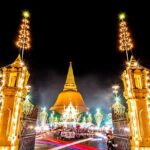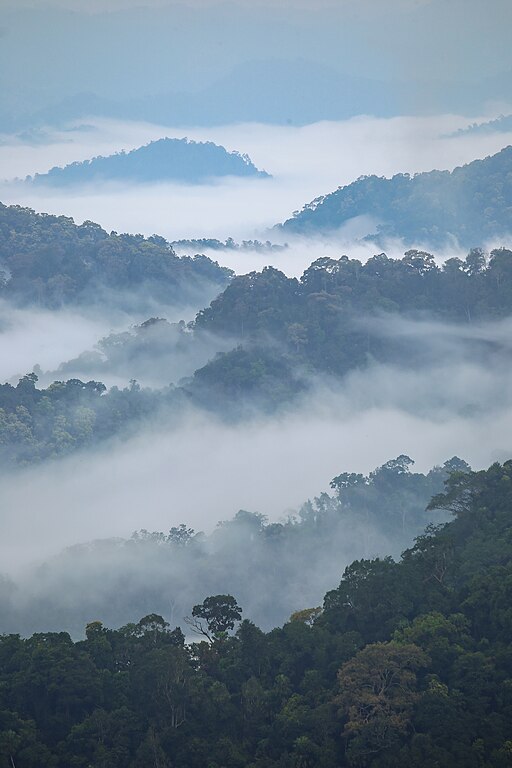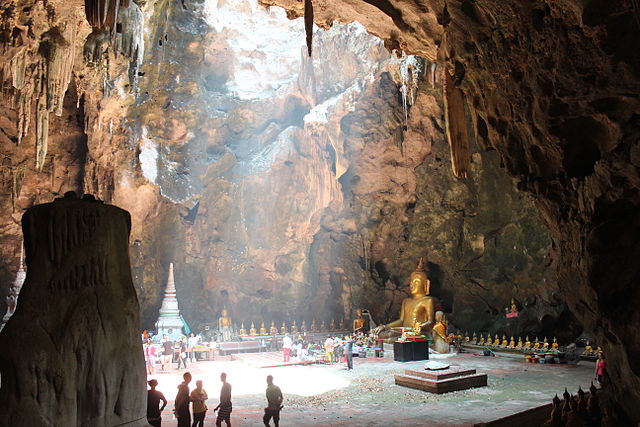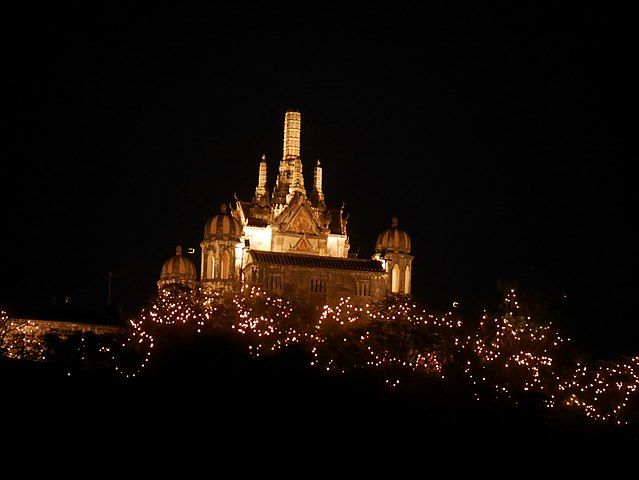
Nestled in the heart of Thailand lies the resplendent Phra Ram Ratchaniwet Palace, seamlessly blending Western neoclassical design with traditional Thai motifs. Furthermore, Ban Puen Palace in Phetchaburi Province embodies Thailand’s rich cultural heritage and diverse architectural fusion, defining its historical tapestry.
A Royal Legacy
Constructed during the reign of King Rama V (King Chulalongkorn) in the late 19th century, Phra Ram Ratchaniwet Palace served as a royal residence during the monarch’s visits to Phetchaburi. Commissioned by the king himself, the palace reflects his admiration for Western architecture while incorporating elements of Thai craftsmanship and design.
Architectural Splendor
Phra Ram Ratchaniwet Palace radiates elegance through symmetrical layout, towering columns, and intricate neoclassical detailing. Its facade embodies European opulence with imposing pillars, graceful arches, and ornate balconies. Meanwhile, traditional Thai motifs adorn the interiors, showcasing exquisite woodcarvings, intricate murals, and delicate fretwork that pay homage to the country’s artistic heritage.
Cultural Synthesis
What sets Phra Ram Ratchaniwet apart is its unique amalgamation of architectural styles. The palace seamlessly integrates Western architectural elements, including Palladian-style windows and Greco-Roman columns, with Thai design features such as intricate wooden screens, decorative gables, and vibrant wall paintings. This cultural synthesis reflects Thailand’s openness to embracing diverse influences while preserving its cultural identity.
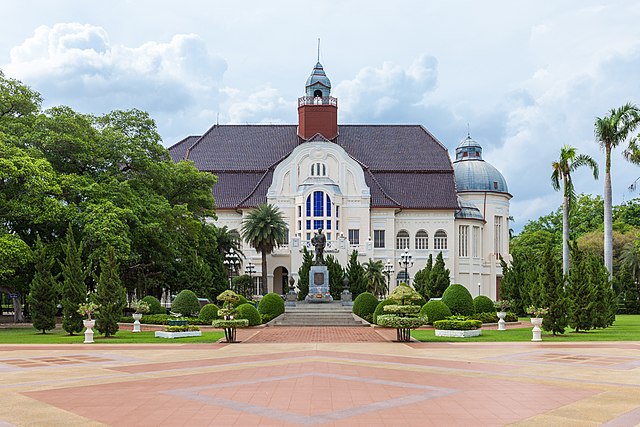
Historical Significance
The palace holds historical significance as a royal residence, showcasing Thailand’s late 19th-century modernization under King Rama V. Moreover, it stands as…
Preservation Efforts
The preservation of Phra Ram Ratchaniwet Palace stands as a testament to Thailand’s commitment to conserving its architectural treasures. Furthermore, ongoing restoration and conservation efforts sustain…
Visitor Experience
Phra Ram Ratchaniwet Palace welcomes visitors to immerse themselves in its regal ambiance and rich history. Tours showcase palace’s cultural blend, architectural marvels, and stories woven into its walls, offering insightful perspectives. Visitors can explore the opulent halls, stroll through manicured gardens, and gain a deeper appreciation for Thailand’s architectural heritage.
Conclusion
Phra Ram Ratchaniwet Palace stands as a testament to Thailand’s architectural elegance, cultural synthesis, and historical significance. Its fusion of Western neoclassical design with intricate Thai craftsmanship creates an awe-inspiring spectacle—a testament to the country’s ability to embrace diverse influences while honoring its rich heritage. As visitors traverse its grand halls and marvel at its ornate details, they embark on a journey through time, witnessing the harmonious blend of cultures and the enduring legacy of Thailand’s royal history.
Additionally, let’s continue to Khao Luang Cave , which is in the same area of the province.
More pictures here





